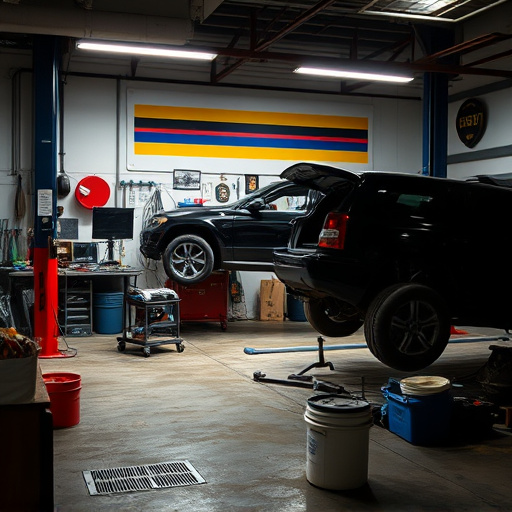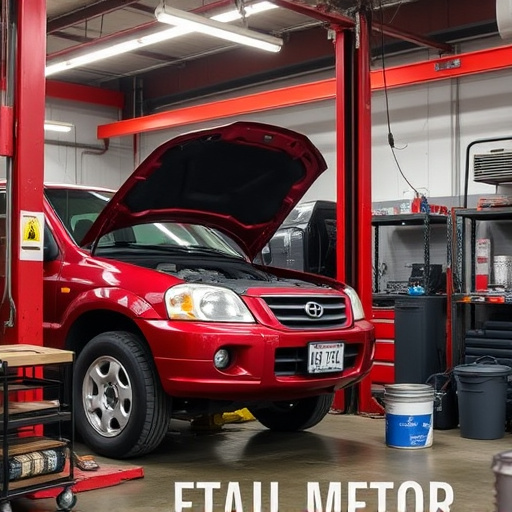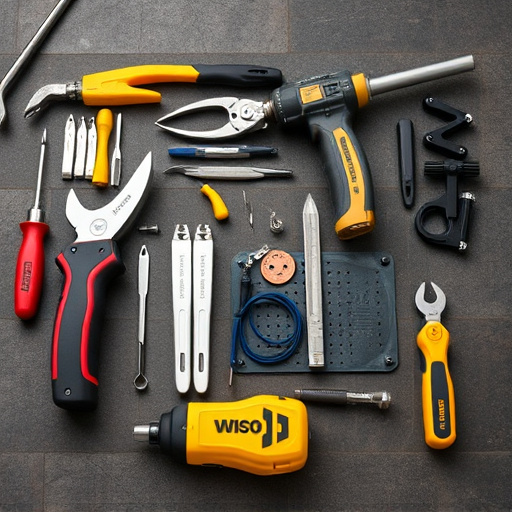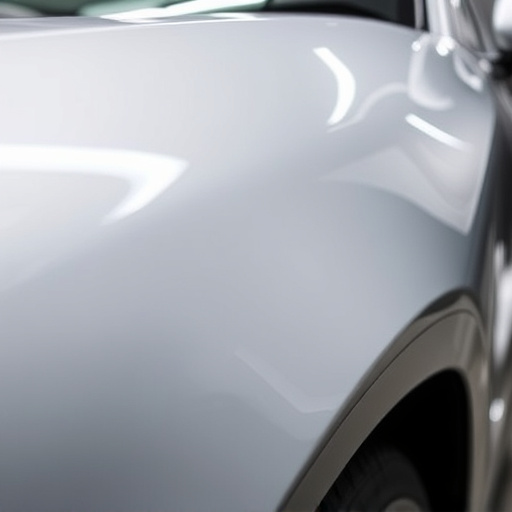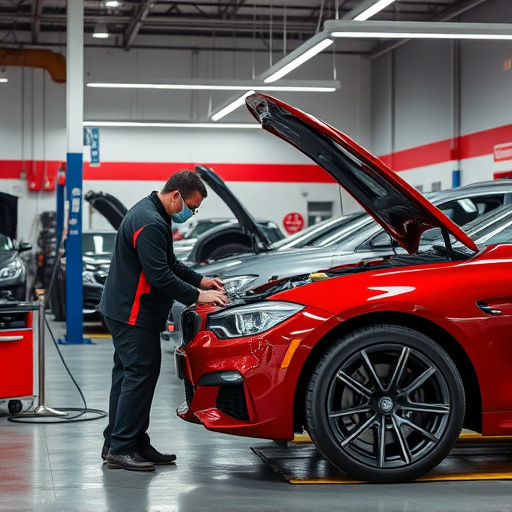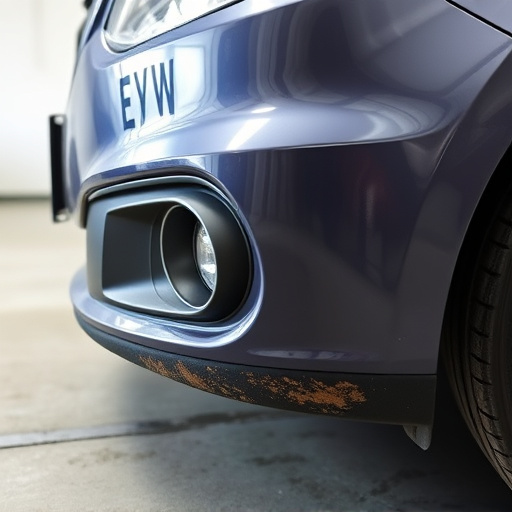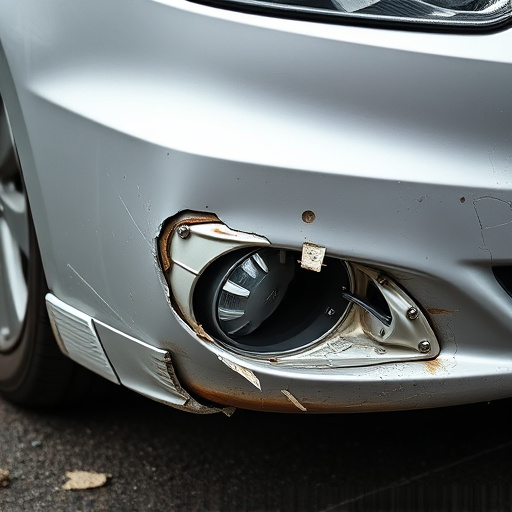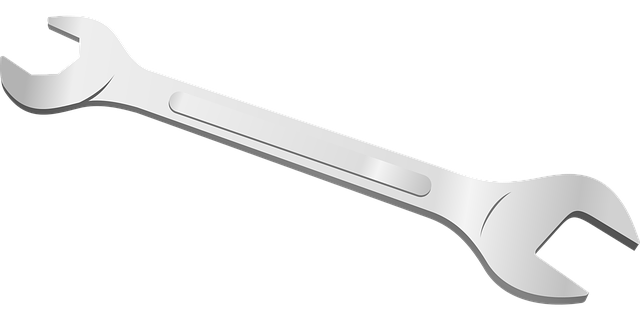Embarking on domestic auto body repair requires equipping yourself with essential tools, materials, and skills. Stock a mini-workshop with impact wrenches, sandpaper, spray paint, putty knives, and body hammers. Master common fixes like dent and scratch removal, following manufacturer guidelines for complex jobs. Prioritize safety through ventilation, protective gear, fire safety, and tool handling protocols. Invest in high-quality tools and maintain them regularly. Organize your workspace and plan each step meticulously for efficient, precise, and satisfying auto body repair.
Thinking of tackling your car’s dents and scratches yourself? You’re not alone! Domestic auto body repair is a skill many car owners want to master. This comprehensive beginner’s guide breaks down the essentials, from understanding the basics of auto body repair to navigating common fixes. We’ll walk you through necessary tools, materials, and step-by-step instructions for achieving professional-looking results—all while prioritizing safety, efficiency, and quality in your DIY journey.
- Understanding Domestic Auto Body Repair: Essential Tools and Materials
- Step-by-Step Guide to Common Auto Body Repairs
- Tips for Safety, Efficiency, and Quality in Domestic Auto Body Repair
Understanding Domestic Auto Body Repair: Essential Tools and Materials

Embarking on the journey of domestic auto body repair involves equipping yourself with the right tools and materials. This is the foundation upon which your efforts will be built, ensuring precise and effective auto body work. Beyond the basic toolkit, specific essentials cater to various tasks, from meticulous dent removal to complex structural repairs.
Imagine your workspace as a mini-workshop, stocked with items like impact wrenches for tight fastenings, sandpaper for smoothing surfaces, and spray paint for restoration. Specialized tools dedicated to collision repair services, such as putty knives and body hammers, enable you to handle different types of auto body damage with confidence. Having these in your arsenal allows you to tackle projects from start to finish, providing solutions tailored to your vehicle’s needs.
Step-by-Step Guide to Common Auto Body Repairs

For the complete domestic auto body repair novice, understanding the basics of common repairs can go a long way in saving time and money. Start by assessing the damage – is it dented, scratched, or does it involve more complex issues like a crumpled hood? For smaller dents and scratches, a simple step-by-step process involves using a specialized hammer and plastic mallet to gently pull out the damaged area, followed by applying a putty compound to fill in gaps. This is a great way to learn the art of shaping metal without leaving visible repairs.
For more involved auto body services like tire replacement or vehicle restoration, follow manufacturer guidelines for specific parts. Many domestic vehicles have easily replaceable components, so checking your owner’s manual can offer valuable insights. Remember, safety is paramount – always ensure proper ventilation when working with chemicals and wear protective gear. With practice and patience, you can master these initial repairs and even expand your skills to include more advanced vehicle restoration techniques, transforming your car from a damaged state into a gleaming masterpiece.
Tips for Safety, Efficiency, and Quality in Domestic Auto Body Repair
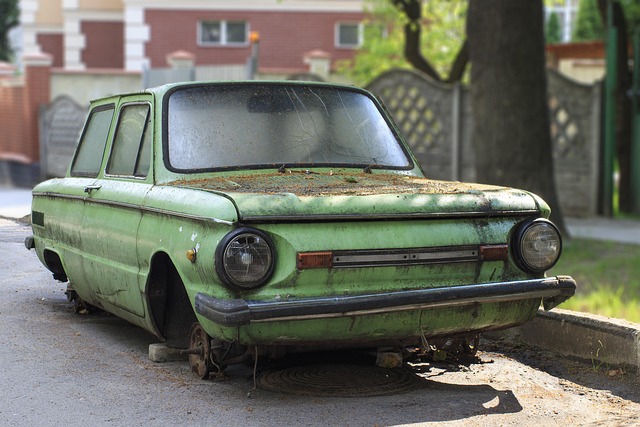
When embarking on a domestic auto body repair project, prioritizing safety is paramount. Always ensure your workspace is well-ventilated to prevent inhalation of harmful fumes from paints and solvents. Wear protective gear such as gloves, goggles, and long sleeves to shield yourself from chemicals and debris. Additionally, keep fire extinguishers readily available and familiarize yourself with proper safety protocols for handling tools and equipment.
Efficiency and quality go hand in hand in the realm of domestic auto body repair. Invest in high-quality tools and materials to ensure precise and lasting results. Regularly clean and maintain your tools to prevent damage and facilitate smoother operations. Moreover, create a systematic workflow to streamline the repair process. This includes organizing your workspace, planning each step meticulously, and taking regular breaks to stay focused and avoid errors. Remember that meticulous attention to detail in auto frame repair and vehicle bodywork will not only ensure superior quality but also enhance your overall satisfaction with the restoration of your vehicle.
For the complete novice, mastering domestic auto body repair is an exciting journey. By grasping the fundamentals outlined in this guide—from essential tools to step-by-step repairs and safety tips—you’ll be well on your way to tackling minor dents, scratches, and dings with confidence. Remember, practice makes perfect, so embrace each repair as a learning opportunity. With dedication, you’ll not only save money but also develop valuable skills that can come in handy for both personal satisfaction and potential future careers in automotive maintenance.
